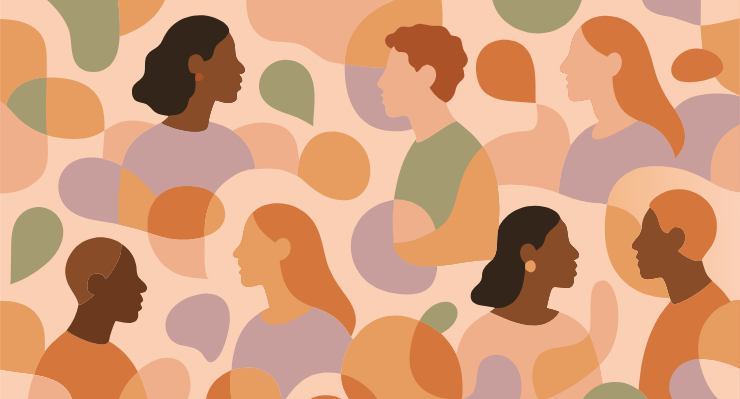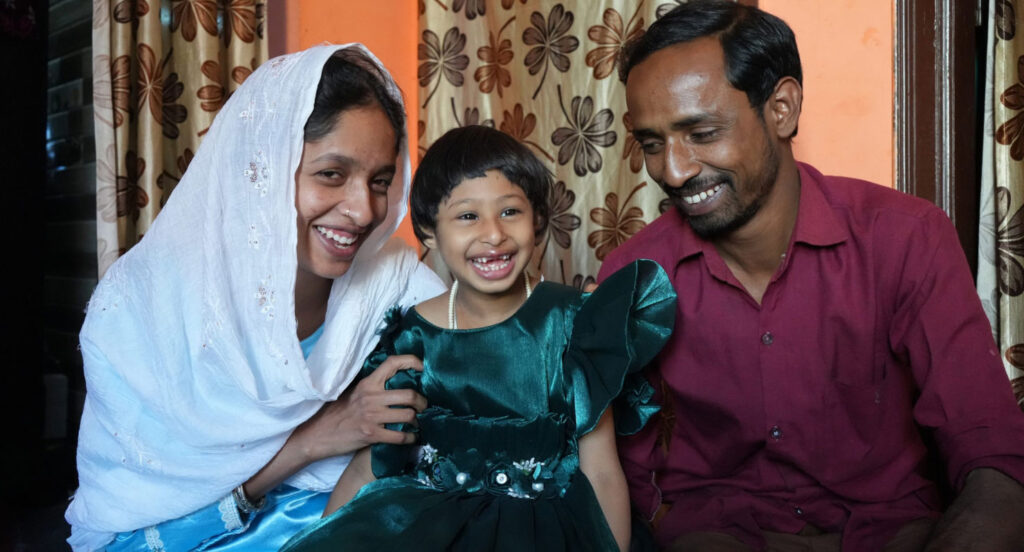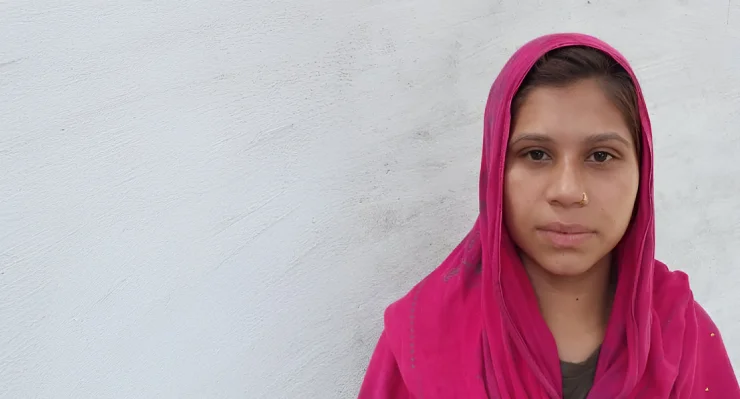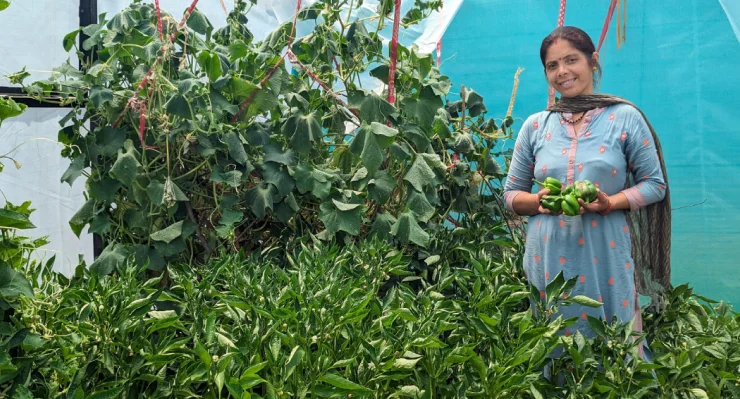
Trigger warning: This blog includes outdated and offensive terms related to disability. These terms are shared for educational purposes only, to help readers understand why they are inappropriate and to provide respectful alternatives. Please proceed with care.
Many of us might think language is just words, that the terms we use don’t change reality. But language does something more powerful: it decides what we think is “normal”, “acceptable”, and “achievable.” This becomes especially clear when we look at how society talks about disability.
When a manager says the new hire is “wheelchair-bound,” their colleagues might assume they can’t travel for client meetings. When a school administrator describes a student as “suffering from autism,” they imagine a tragedy instead of a child who might simply have different strengths and learning styles. When a news article describes someone as having “special needs,” readers picture helplessness, or charity cases rather than colleagues, neighbors, or friends.
For the 2.68 crore Indians living with disabilities, these words translate directly into fewer opportunities, lower incomes, and reduced access to education and healthcare. Beyond this, each outdated term carries emotional weight, reinforcing the message that those it describes are perceived as less capable, less valuable, or worse, less than fully human.
If you’ve used these terms before, you’re not alone. Many of us learned this language from well-meaning parents, teachers, and even medical professionals. Change starts with awareness, and you’re here, reading this, which means you’re already part of that change.
A Quick Reference Guide to Inclusive Language
The following table lists terms you might encounter in everyday conversation, media, or even official documents. Understanding why these terms are problematic helps us choose language that respects the dignity and humanity of persons with disabilities.
| Outdated term | Why it’s problematic | Respectful alternative |
| Normal, healthy (when contrasting with disability) | Implies that persons with disabilities are abnormal or unhealthy. | Person/persons without disabilities |
| Able-bodied | Suggests that persons with disabilities are unable or incapable. Also excludes intellectual, sensory, and psychosocial disabilities. | |
| Handicapped | Associated with a notion of disadvantage or inequality and is now considered offensive by the community | Person/persons with disabilities Child/children with disabilities Adult/adults with disabilities Man/men with disabilities Woman/women with disabilities |
| Special needs, special | There’s nothing “special” about requiring equal access to education, healthcare, or employment. Saying “special needs” reinforces separation instead of inclusion. | |
| Wheelchair-bound | Implies confinement and limitation when wheelchairs actually provide freedom and independence. | Person who uses a wheelchair Person with a locomotor disability Person using a mobility device Wheelchair user |
| Afflicted with, suffers from, is a victim of | Wrongly assumes that persons with disabilities are suffering, have a poor quality of life, and lack power or agency. | Person who has [a disability] Person living with [a disability] |
| Spastic, dumb, cripple, retarded | Often used as insults, these terms became offensive decades ago because they mock, dehumanize, and reduce people to their impairments. | Person with an intellectual disability Person with speech impairment Person with a locomotor disability |
| Intellectually/physically challenged, differently abled, people of all abilities, disAbility, handi-capable | Considered a patronizing attempt to ‘sugarcoat’ disability. It reinforces the idea that living with a disability is something shameful that needs to be hidden. | Person with an intellectual disability Person with a locomotor disability Person/persons with disabilities Child/children with disabilities Adult/adults with disabilities |
| The deaf, the blind, the disabled | Dehumanizes people by reducing an entire diverse group to a single characteristic. It lumps everyone together as if persons with disabilities are all the same, rather than individuals with unique experiences and identities. | Person with hearing impairment Person with visual impairment Persons with disabilities |
| PwD (as an acronym) | The acronym “PwD” reduces people to a label or a category instead of recognizing them as individuals | Persons with disabilities |
Language is Evolving, and That’s a Good Thing
Words create worlds. When we update our language, we’re reshaping the reality we all share. Every time someone chooses “person with disabilities” over an outdated term, they’re making a statement: people deserve dignity, full stop. Each shift in language pulls another brick from the wall between “us” and “them,” revealing there was only ever “us” all along.
Yes, this takes effort. Yes, you might stumble. But now that you know better, you have a responsibility to do better. And because every person with disabilities is different, preferences will vary. When you’re unsure, ask. It’s that simple.
The language of inclusion is still being written, by activists, by communities, by everyday conversations. Be part of that evolution. Start with your next conversation.



